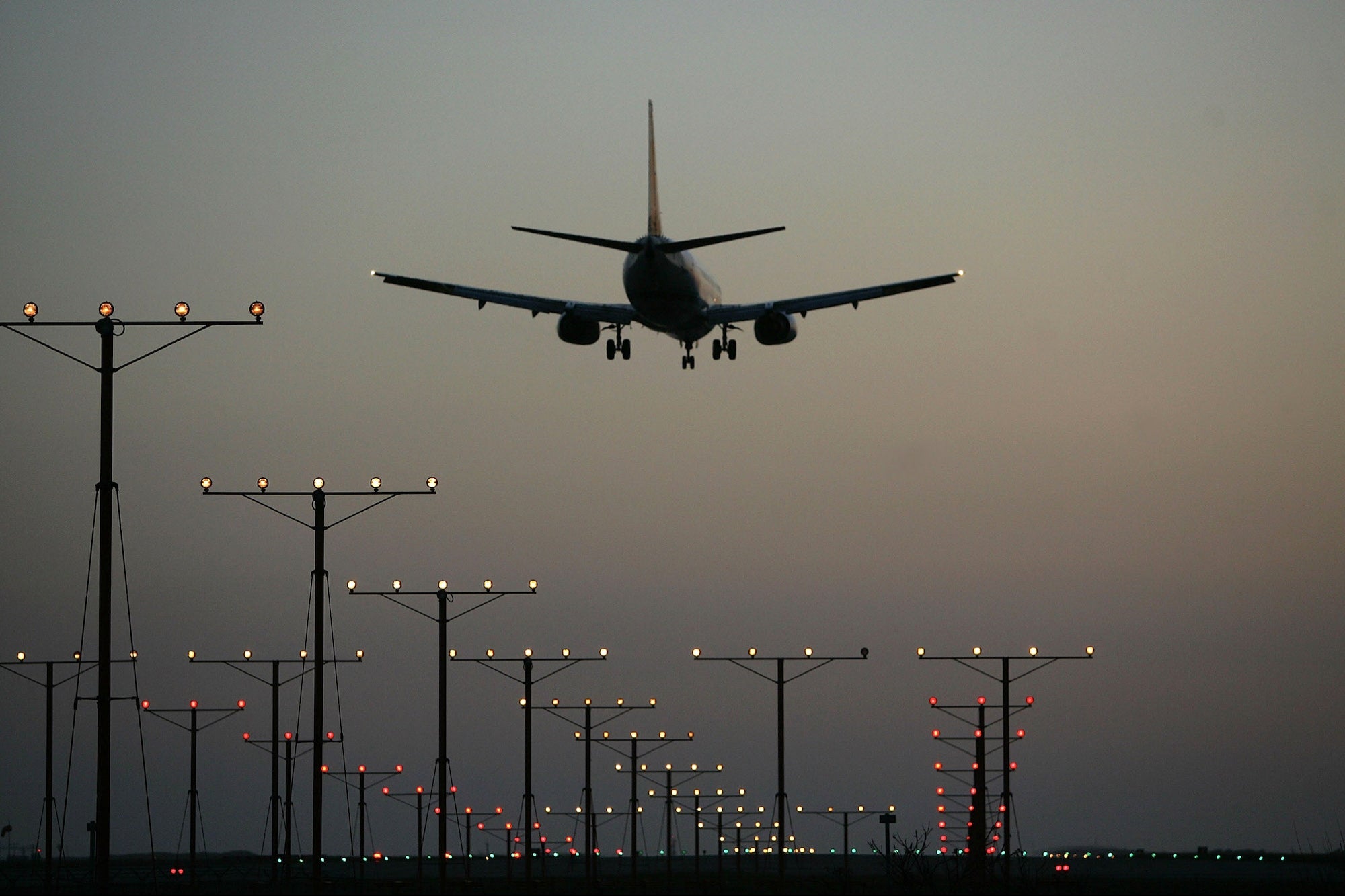'Close Calls' With Airplane Safety Are 'On the Rise,' National Transportation Safety Board Chair Says There have been several high-profile incidents of late where planes have come in close range of each other.
Opinions expressed by Entrepreneur contributors are their own.

The number of "close call" aviation incidents has been on the rise of late, a federal official confirmed on ABC this week.
A "close call" is a safety issue that warrants further review but did not result in any harm to anyone — this term also applies in industries from railroads to medicine. A "near miss," however (a term often linked to "close call"), is when planes come closer to each other (horizontally or vertically) than what is considered safety standard: 1 to 5 miles or 1,000 feet, retired US Airways pilot, Capt. John Cox, wrote in USA Today.
Close calls in aviation "are on the rise," National Transportation Safety Board Chair (NTSB) Jennifer Homendy told the network. "The FAA needs to take action," she added, referring to the Federal Aviation Administration.
The FAA regulates aviation in the U.S. The agency has already faced congressional scrutiny after the Notice to Air Missions (NOTAMs) system was down in early January, grounding flights across the country. The NTSB focuses on investigating safety incidents in transportation sectors from aviation to railroads. It is involved in looking into the car derailment in East Palestine, Ohio, which released toxic chemicals into the air.
Homendy's comments come in the wake of several dramatic "close calls" at airports.
Delta Air Lines and American Airlines planes came within 1,000 feet of each other when the Delta plane was attempting to take off from JFK airport in New York City in mid-January, an incident which is now under investigation by the NTSB and FAA.
There was also a "close call" at Boston's Logan airport in late February when a plane took off without clearance and its flight path intersected with a plane that was set to land on the runway.
It's also under investigation. There have been five similar incidents since the start of the year that are under review by authorities, according to CNN.
The FAA is holding a "Safety Summit" on Wednesday "to examine what additional actions the aviation community needs to take to maintain our safety record," per a memo by Acting Administrator (the nominee has not yet been confirmed by the Senate) Billy Nolen last month.
"Now is the time to stare into the data and ask hard questions," he added.
Homendy also told ABC that the U.S. still has "the safest aviation system in the world," though the NTSB is "very concerned" about the rise in incidents.
Related: Thousands Of U.S. Flights Paused Due to FAA Systems Outage
ABC anchor Martha Raddatz asked Homendy if the airline industry was being driven "too hard" after the difficulties caused by the pandemic (including cratering then soaring demand).
"I think it's a difficult time for the aviation industry," Homendy told the network.
"I think, you know, we saw a lot of layoffs. We saw a lot of employees retire, we have new employees coming on that are being trained. We have drones coming online, air taxis, so it's a difficult time and it's really a transitional time for the aviation industry," she added.
Airlines did lay off, furlough, and buyout people en masse when the pandemic hit, only to then face a staffing shortage when demand returned. Per Bloomberg's calculations as of July 2020, for example, around 400,000 workers were cut, furloughed, or informed they could lose their jobs.












